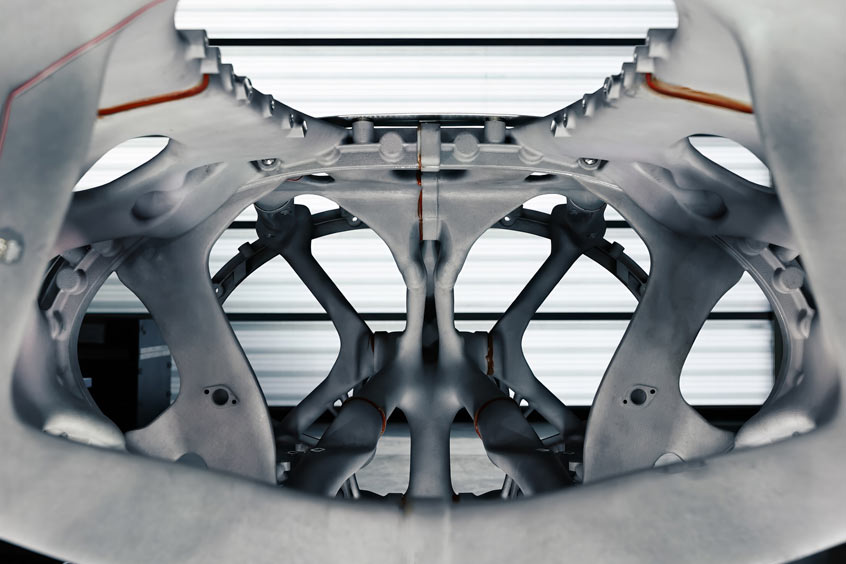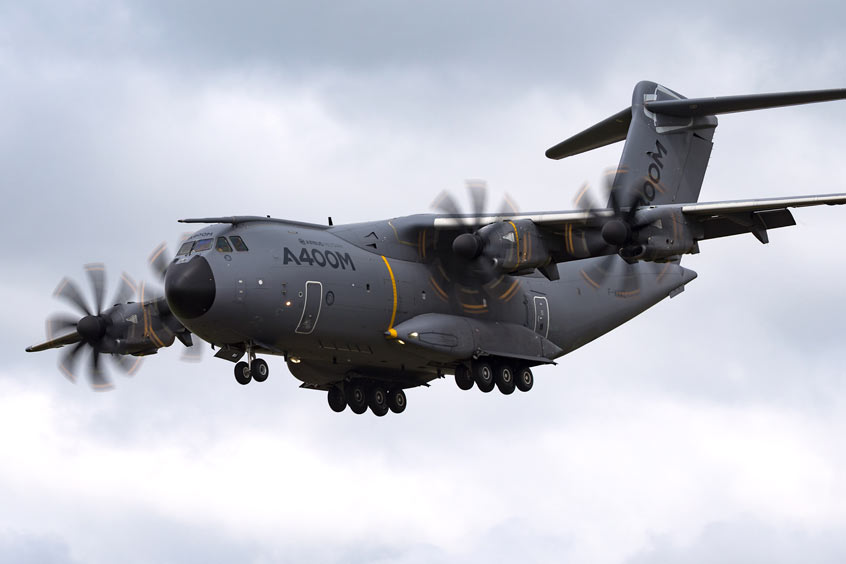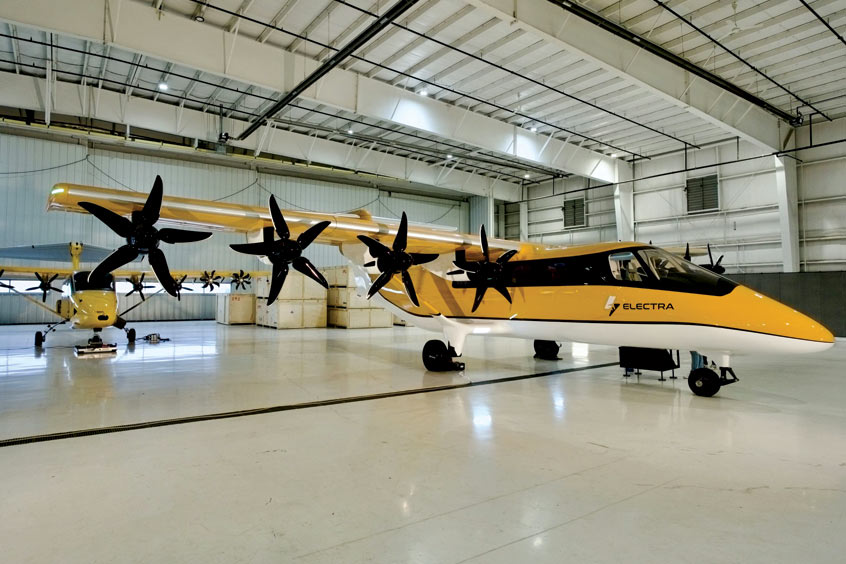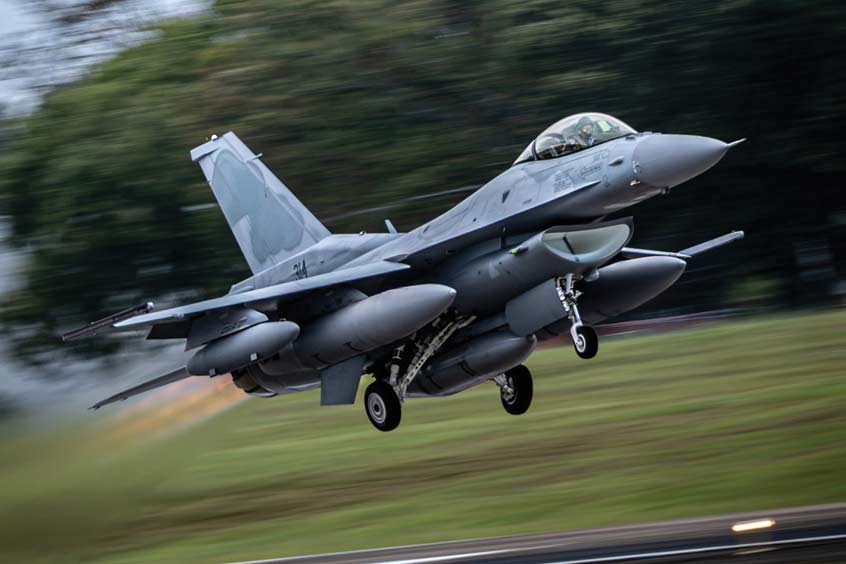A group of aerospace technology companies have announced the formation of a collaborative consortium to develop hybrid-electric and water-enhanced turbofan technology for future aircraft propulsion systems, supported by the European Union Clean Aviation Joint Undertaking (Clean Aviation). MTU Aero Engines AG, Pratt & Whitney, Collins Aerospace, GKN Aerospace, Airbus and others aim to demonstrate the potential of these technologies to improve fuel efficiency and reduce aircraft CO2 emissions by up to 25% compared to today's state-of-the-art propulsion systems for short- and medium-range aircraft. The consortium is coordinated by MTU.
The Sustainable Water-Injecting Turbofan Comprising Hybrid-Electrics (SWITCH) project is focused on developing a novel propulsion concept built from two revolutionary and synergetic technologies: Water-Enhanced Turbofan (WET) and hybrid-electric propulsion. By combining these technologies with Pratt & Whitney's GTFTM engine architecture, the SWITCH concept aims to significantly enhance efficiency and substantially reduce emissions across the full operating envelope of an aircraft. Technologies developed as part of SWITCH will be fully compatible with cleaner alternative fuels, such as Sustainable Aviation Fuel (SAF), and will be evaluated for future use with hydrogen.
“This highly impactful SWITCH consortium provides a unique opportunity to demonstrate the benefits of both WET and hybrid-electric propulsion technologies, not only independently but as parts of a system,” says Dr. Stefan Weber, senior vice president, Engineering and Technology, at MTU. “WET offers considerable potential to boost efficiency and reduce all emissions significantly for future aircraft propulsion systems, whether they are powered by conventional kerosene, SAF, or even hydrogen. Since the concept is gas turbine based, the WET concept fully leverages MTU's expertise.”
The hybrid-electric GTF powertrain will enable even greater efficiency across all phases of flight by leveraging highly efficient megawatt class electric motor generators, power electronics, and batteries to optimize the performance of the fuel-burning gas turbine. The WET concept recovers water vapor from the engine exhaust and re-injects it into the combustion chamber to significantly improve fuel efficiency, reduce NOx emissions, and lessen contrail forming emissions. These revolutionary technologies are designed to work together to deliver a step change reduction in emissions and energy use across the full operating system, while maintaining world class reliability and operability.
“This project will enable us to advance several key technologies on our roadmap to further extend the efficiency of the GTF engine architecture,” says Geoff Hunt, senior vice president, Engineering and Technology, at Pratt and Whitney. “Given the challenge of reducing the environmental impact of aviation, cross-industry collaboration and public-private partnerships like Clean Aviation will play a vital role in delivering the technology breakthroughs needed to make net zero emissions aviation a reality.”
Airbus will provide key expertise relating to the future integration of SWITCH technologies at the aircraft-level and will support the evaluation of performance benefits including aircraft design and integration of battery and energy management systems. “New propulsion technologies will play an important role in achieving aviation's net-zero goals, along with new aircraft designs and sustainable energy sources,” adds Sabine Klauke, chief technology officer at Airbus. “We welcome this opportunity to collaborate and progress research into the next generation of advanced powertrain concepts.”
Collins will provide megawatt-class electric motor generators and power electronics, high-voltage DC distribution and protection, thermal management components and nacelle architectures for the project. “Hybrid-electric propulsion technology is a key enabler for increased efficiency across multiple different aircraft applications, from advanced air mobility to commercial airliners,” says Mauro Atalla, senior vice president, Engineering and Technology for Collins Aerospace. “Working with Clean Aviation and the SWITCH consortium, we will accelerate the development of these critical technologies from our state-of-the-art facilities in France, Germany, Italy, Ireland and the UK.”
GKN Aerospace will develop various engine structures with all-new functionalities, such as integrated electric machines and heat exchangers. “We are delighted to be collaborating in the SWITCH project and help address many exciting opportunities and challenges around thermal and electrical power management within a highly advanced propulsion system,” says Henrik Runnemalm, vice president, Global Technology Center, Sweden, at GKN Aerospace. “We will leverage our unique hot test rig in Trollhättan, Sweden, as well as our high voltage electrical wiring developed by our GKN Fokker business in the Netherlands.”
Current funding for Phase 1 of SWITCH extends to 2025 and will include testing of a hybrid-electric GTF engine, WET technology and sub-system laboratory testing, and design activity around an integrated hybrid-electric and WET cycle propulsion system. Subject to successful testing of these key technologies and component designs, further phases of ground testing and flight tests are expected to follow.
Clean Aviation is a public-private partnership co-funded by the European Union between the European Commission, the aerospace industry, and research institutes, dedicated to advancing transformational aircraft technologies which will help enable net zero emissions for aviation by 2050. The project will be supported by UK Research and Innovation, and will leverage collaboration between multiple aerospace companies, universities and research organizations across 11 countries in Europe and the United States.
| Contact details from our directory: | |
| MTU Aero Engines | Additive Manufacturing, Blisks, Combustion Test Services, Compressors, Engine Parts, Final Assembly, Fuel Cells, Turbine Engine Blades, Turbine Engine Starters, Turbine Engine Vanes |
| Pratt & Whitney Large Commercial Engines | Turbofan Engines |
| Airbus S.A.S. | Airframer |
| Collins Aerospace | |
| GKN Aerospace Engine Systems | Combustion Chambers, Compressors, Engine Housings, Engine Nozzles, Engine Parts, Exhaust Systems, Shafts & Shaft Assemblies, Turbofan Engines |
| DLR - German Aerospace Center | Airframer, Composite Design Consultants, Flight Simulators, Fuel Cells, Instrument Landing Systems, Prototyping, Research/Consulting Services, Testing Services, Vibration Testing |
| Chalmers University of Technology | Research/Consulting Services, Technical/Eng/Scientific Studies |
| Related directory sectors: |
| Engines |
| Engine Components |
| Electrical Power Systems |
Weekly news by email:
See the latest Bulletin, and sign up free‑of‑charge for future editions.

Saab advances digital manufacturing with autonomous fuselage

Airbus deploys Stratasys printed parts for A320, A350 and A400M

Electra kicks off Part 23 application for hybrid-electric EL9
